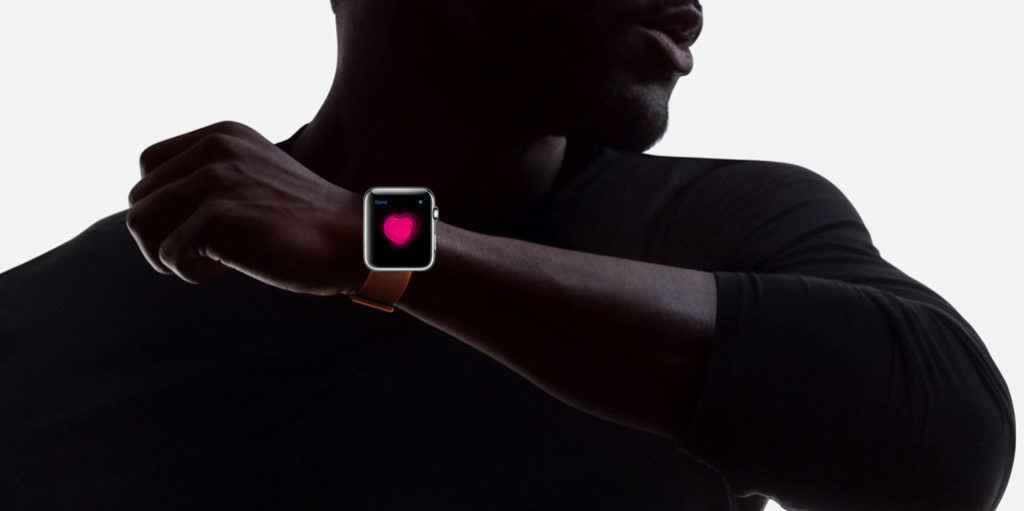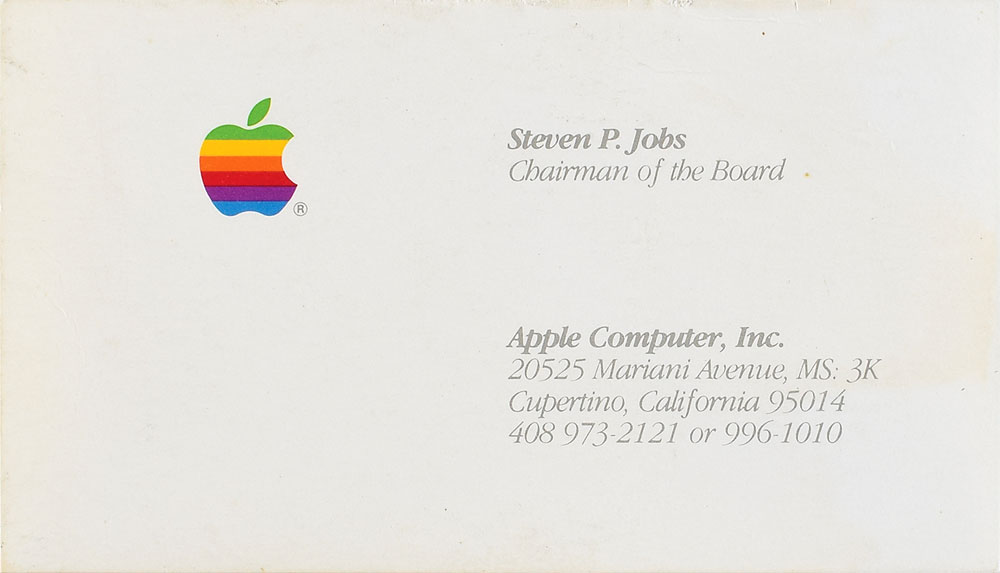Here is why Apple’s Steve Jobs loved to walk and so should you

Walking is good for you, inside or out. Source: Apple PR
Apple CEO, Steve Jobs, loved to walk. His friend, Robert Friedland, often saw Jobs walking barefoot around the campus. But why did Jobs walk, what benefits does it deliver, and why should you walk more often?
Here is why Steve Jobs loved to walk
Jony Ive recently talked about his feelings after Steve Jobs died.
The two men were close friends and spent much of their time quietly walking or eating. The design of the famed iMac G4 was agreed while Jobs and Ive walked around a flower garden. They were frequently seen walking together as they dreamed up new ideas.
In his book, Jobs biographer, Walter Isaacson reveals: “Taking a long walk was his (Jobs’) preferred way to have a serious conversation.”
“Much of the design process is a conversation, a back-and-forth as we [Jobs and Ive] walk around the tables and play with the models,” Ive told Issaacsson
Jobs believed his most creative ideas came when he was walking.
He often held meetings while walking around with staff.
He was completely correct: Walking energizes our brains, reduces stress, improves our mood, and can boost communication.

A walk in Apple’s park
This is also why Apple Park is designed as it is: a beautiful and safe space to walk, think, and talk.
So, was Steve Jobs right to love to walk? It turns out there are scientific reasons he was:
Walking boosts creative thinking – a lot
There is much evidence that walking boosts creativity.
- A Stanford University study reveals that walking boosts creative thinking by an average of 60 percent and this inspiration lasts once you sit down. It doesn’t matter if you walk at home or take a promenade through the park, the mere action of walking switches people on.
- A Harvard Medical School study says those who engage in walking meeting are 5.25% more likely to be creative and 8.5% more likely to report high levels of engagement.
- The American Journal of Human Biology published a Yale research report which suggests the human brain could only have evolved through exercise, so important is it to cardiovascular health.
University of Washington biologist John Medina states: “From an evolutionary perspective, our brains developed while working out, walking as many as 12 miles a day. The brain still craves that experience.”
Here are 8 patents that changed the world Steve Jobs may have dreamed up when taking a walk.

Walking helps you stay healthy
The arguments around health are widely known.
Heart disease, diabetes, cancers, arthritis and a range of other problems become exaggerated by lack of motion but can be mitigated by regular exercise.
Indeed, 30 minutes of walking a day dramatically decreases such risks. A Harvard Medical School study claims just 2.5 hours of walking every week may reduce your risk of heart disease by 30%.
Walt Mossberg has a story about a meeting with Jobs during which the Apple leader revealed that he walked every day and set a farther goal for himself while recovering from his liver transplant.
Jobs believed in the health-giving properties of taking a walk.

Walking helps you communicate
Experienced dog handlers know that one way to calm down a restless canine is to walk it fast and on leash together with other dogs. That fast motion and togetherness seems to improve behaviour.
Humans aren’t that different.
Research from the University of Hong Kong found that pairs of people walking together tend to match each other’s pace, even if they remain silent and that walking together also generates positive impressions of one another.
This effect is powerful, can work on people who have never met before, and takes as little as five minutes to take place.
It is possible that the increased blood flow and boosted creativity you encounter when you take a walk is also why walking with others is such a productive way to communicate and identify good ideas.
It makes people more receptive, boosts understanding, and seems to help get people on the level.
People who walk together, talk together.

Perhaps this is part of the insight Jobs shared when speaking to Playboy in 1985, when he said:
“I think death is the most wonderful invention of life. It purges the system of these old models that are obsolete. I think that’s one of Apple’s challenges, really. When two young people walk in with the next thing, are we going to embrace it and say this is fantastic? Are we going to be willing to drop our models, or are we going to explain it away? I think we’ll do better, because we’re completely aware of it and we make it a priority.”
Note the walking analogy there, and the power of two.
He also referred to walking during his famous Stanford University commencement speech, when he said of his early days:
“It wasn’t all romantic. I didn’t have a dorm room, so I slept on the floor in friends’ rooms, I returned Coke bottles for the 5¢ deposits to buy food with, and I would walk the 7 miles across town every Sunday night to get one good meal a week at the Hare Krishna temple. I loved it. And much of what I stumbled into by following my curiosity and intuition turned out to be priceless later on.”
Walking can liberate a mind to ponder fresh possibilities.
Jack Dorsey walks to his office every day, thinks that is how to have the best conversations, and is known for taking new Twitter recruits on extensive ‘Gandhi’ walks through San Francisco.
Those business leaders who engage in walking meetings know this too. Not only is it good for you, but it boosts creative thinking and builds communication, also.
Apple can help you walk
Apple’s Health and Fitness apps can track your exercise levels and encourage you to walk more often.
Apple Watch users with Fitness+ gain access to Apple’s Time to Walk audiowalks. Updated weekly, each of these episodes consists of interesting people talking about their lives, sharing photos, stories, and music.
“Walking is the most popular physical activity in the world, and one of the healthiest things we can do for our bodies. A walk can often be more than just exercise: It can help clear the mind, solve a problem, or welcome a new perspective,” said Jay Blahnik, Apple’s senior director of Fitness Technologies.

Walk along and learn about the inner life of Dolly Parton
Walk away from burdensome thoughts
If you use your Apple Watch to Workout you can set yourself walking goals, by distance, time and calories burned. Just select Outdoor walk, tap the More (three dots) button and set your target. Or tell Siri, “Go for a five-mile walk”.
The benefits of walking aren’t a new thing. Charles Dickens, Nikola Tesla, Charles Darwin, William Wordsworth – all of these noted names liked to walk. In 1847, Soren Kierkegaard told a depressed family member:
“Above all, do not lose your desire to walk. Every day I walk myself into a state of well-being and walk away from every illness. I have walked myself into my best thoughts, and I know of no thought so burdensome that one cannot walk away from it.”
All these benefits should be good for anyone. Health, alertness, and better communication? Perhaps it’s time you left this screen and went for a walk instead.
Want to learn more about Steve Jobs? Then read these books, explore this feed and visit All About Steve Jobs for a rich archive of interesting stories, videos and anecdotes.
Please follow me on Twitter, or join me in the AppleHolic’s bar & grill and Apple Discussions groups on MeWe.




